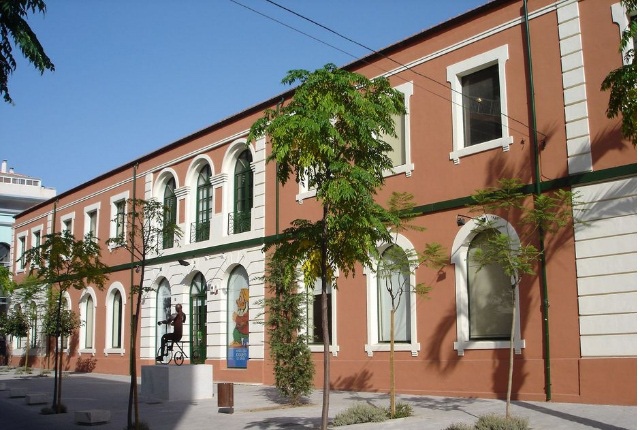
Museu dels Joguets: the Toy Museum
Of the many interesting things to see and do in and around Denia, a visit to the Museu dels Joguets, the Toy Museum, hadn’t been high on my list. In fact, it wasn’t on there at all and I went there today by accident. It was in the same building as an art exhibition in the old Dénia-Carcaixent railway station, pictured above.
Denia’s steeped in all kinds of history but I’d absolutely no idea that toys played such a big part, and had done for over a century. Denia is, or rather was, Toy Town. The museum turned out to be much more fun than the art exhibition, its paintings being rather bleak, many depicting pained faces and even one of a sore. The toys won.
The early 20th century had been a period of rich cultural exchange between Denia and the UK and, at the time, was the centre of a thriving raisin trade, almost exclusively exported to England. According to Denia’s municipal archeologist, Josep Gisbert, British buyers ‘devoured’ the dried muscatel grapes in ‘cakes, puddings and with lamb’. And the colourful illustrations on the packaging, depicting women in typical Victorian attire and with gold ornamentation (pictured below), was of particular appeal. But the raisin industry was eventually decimated by the phylloxera blight and, along with an increase in competition, gave rise, in part, to the birth of toy making.
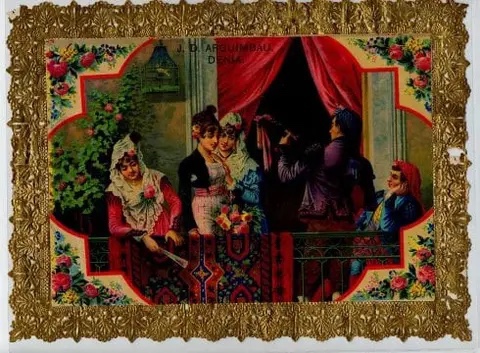
From 1904, the toy industry in Denia took off, as did a burgeoning network of related activities, involving nearly everyone in the town. By the fifties there were over forty toy factories, with satellites of small businesses and family workshops growing around it, all involved in the raw materials of a toy: wood, card and tin-plate. Others played a whole range of complementary parts, such as finishing, packaging, presentation and sales.
I’m not sure where the story goes from there. I’ve found nothing about the current state of toy play in Denia, although the letter reproduced below describes the liquidation in May 1939 of a company that manufactured toys, which was perhaps a sign of the times.
Another is the letter’s reference to 1939 being ‘a year of victory’, the year, in fact, that the Nationalists were victorious in the Spanish Civil War, which marked the beginning of thirty-six years of dictatorial rule under Franco. Ominously, and maybe for the toy industry too, at the top of the letter is a salutation: Saludo a Franco. Perhaps Franco’s distaste for democracy extended to toys as well?
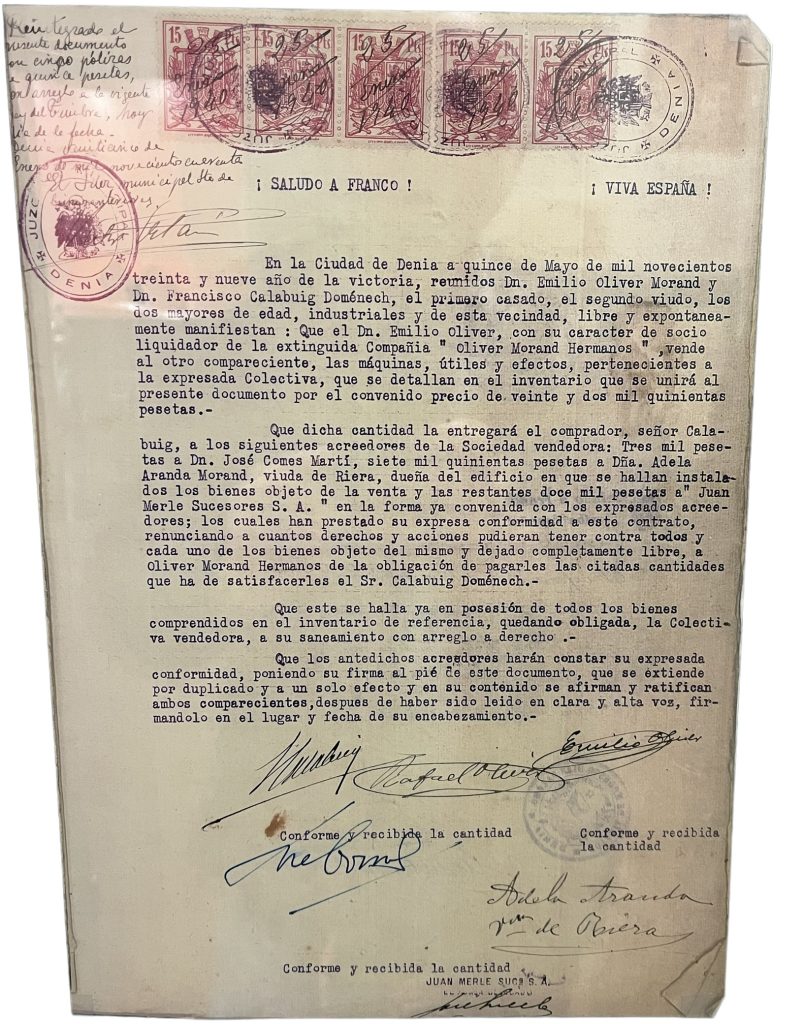
Whatever the state of Denia’s toy story today, the Toy Museum does a great job of showing how it used to be. It was great fun and I took a few pictures.
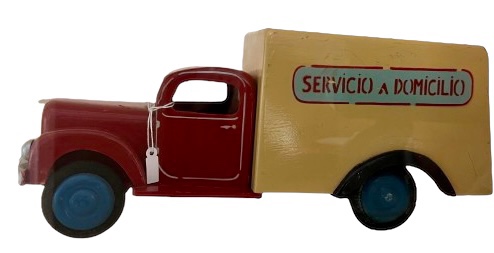
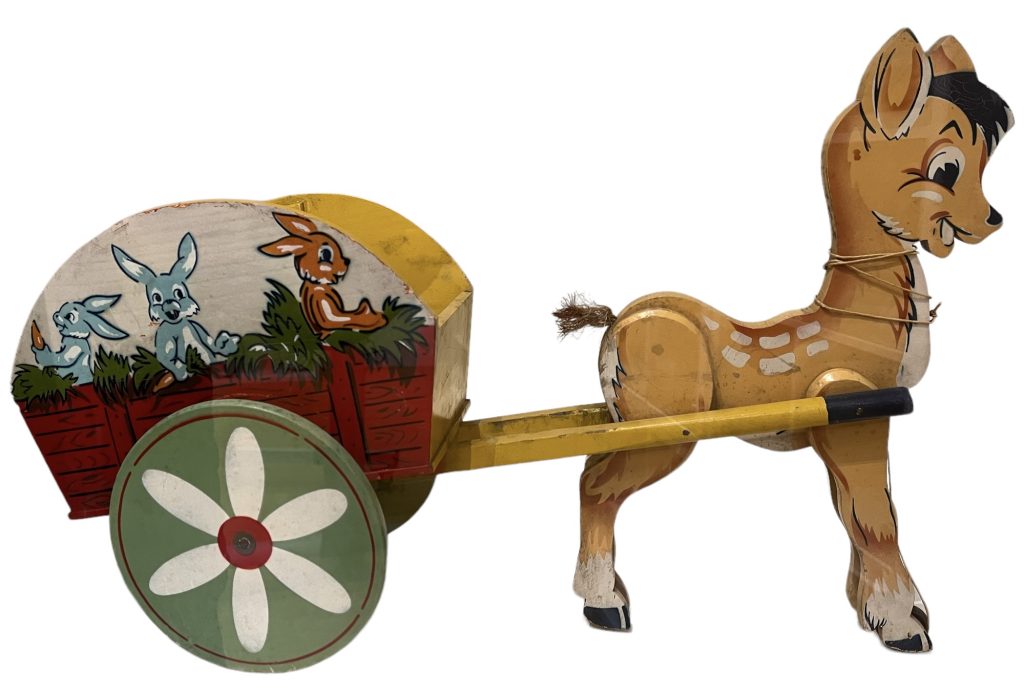
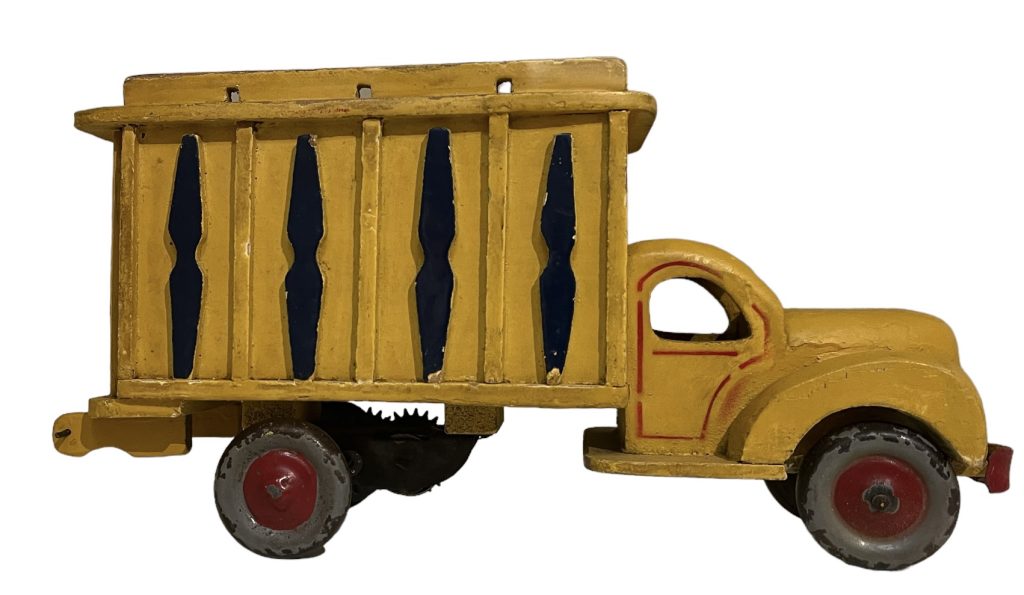
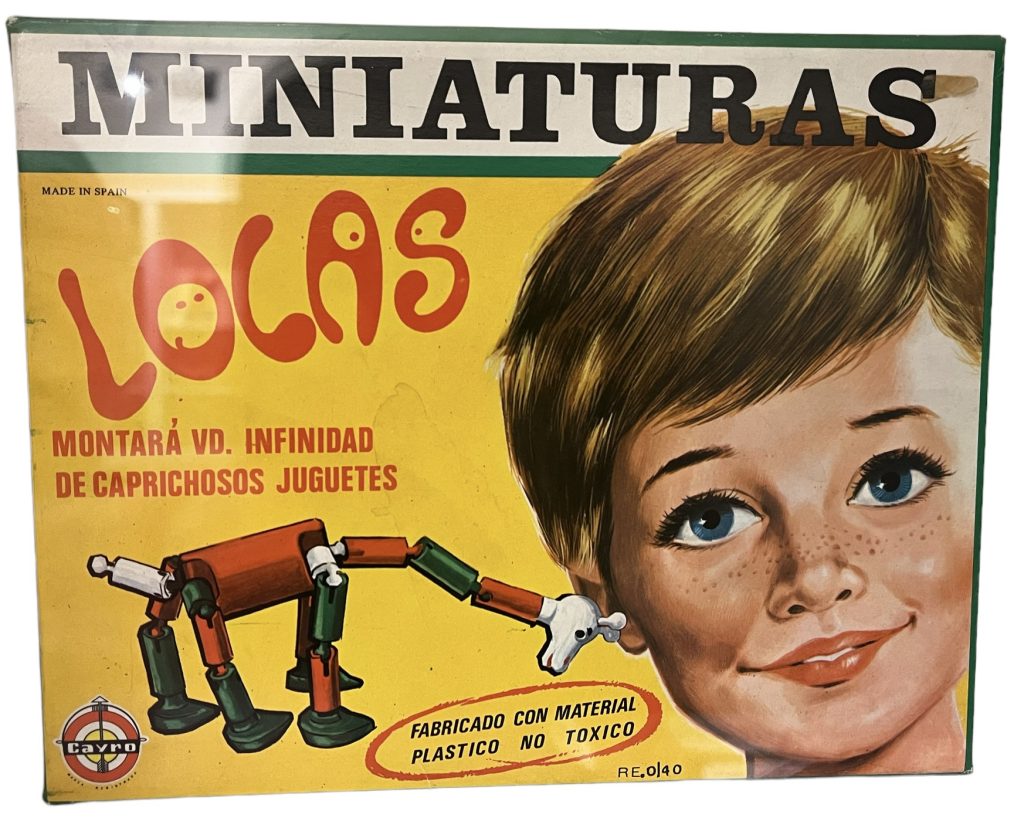
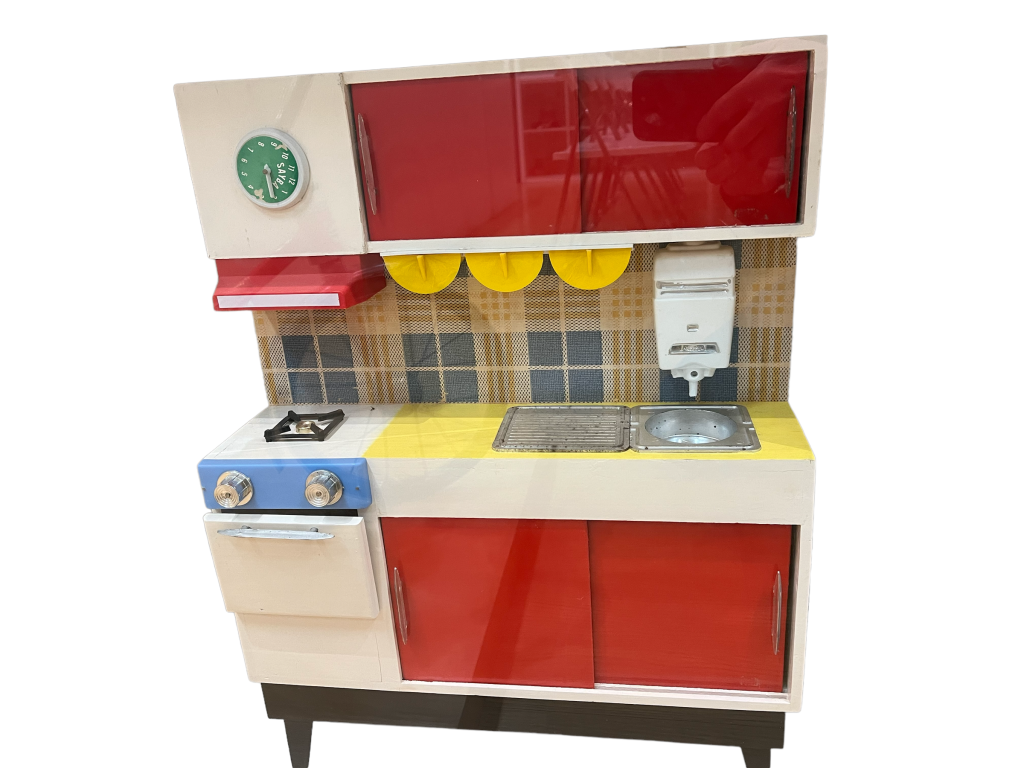
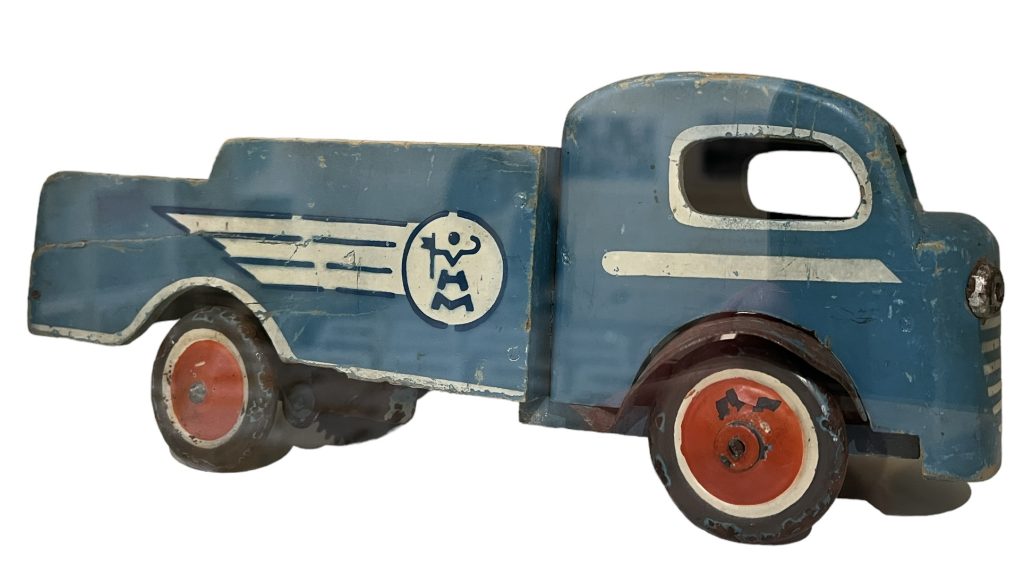
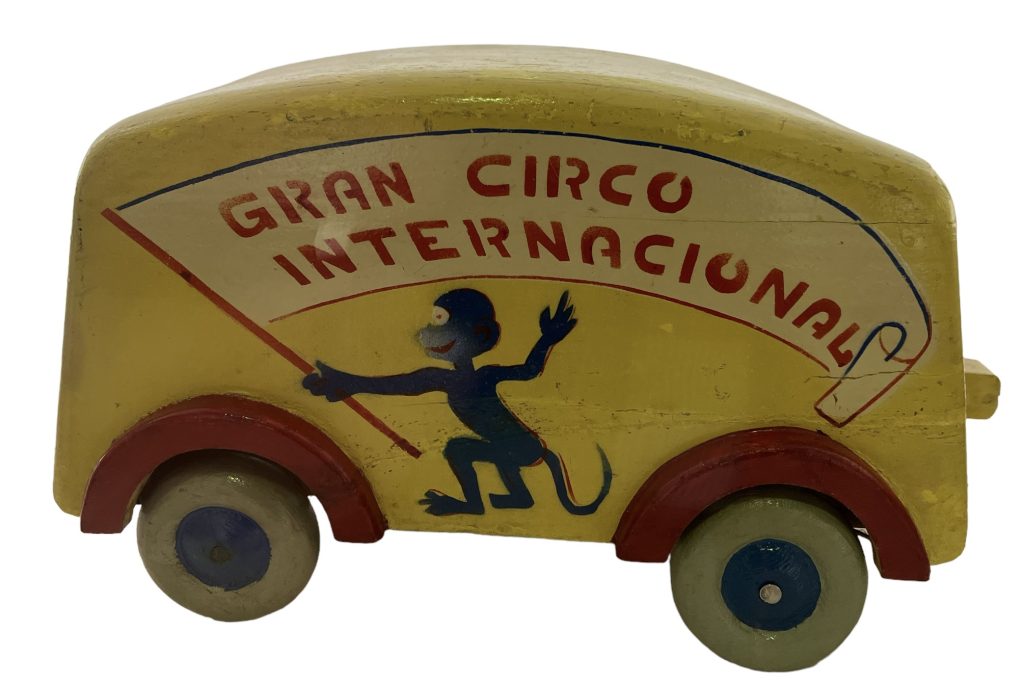
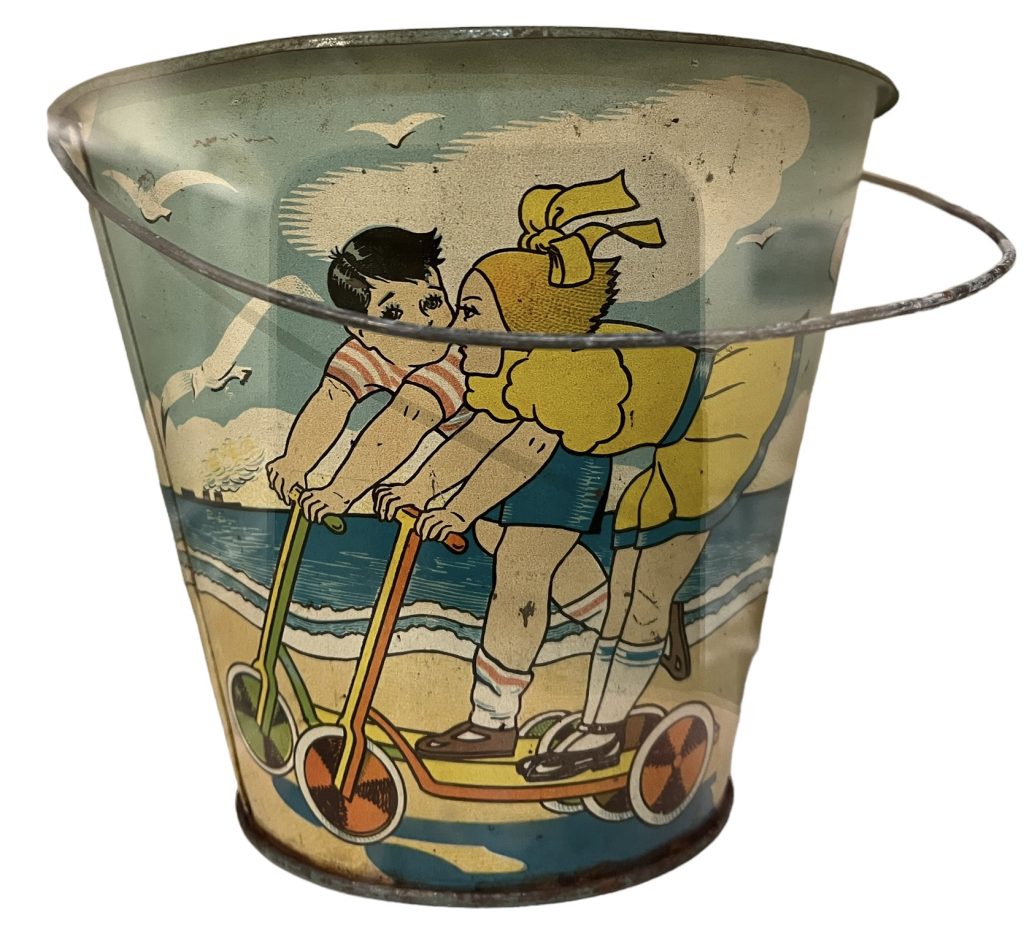
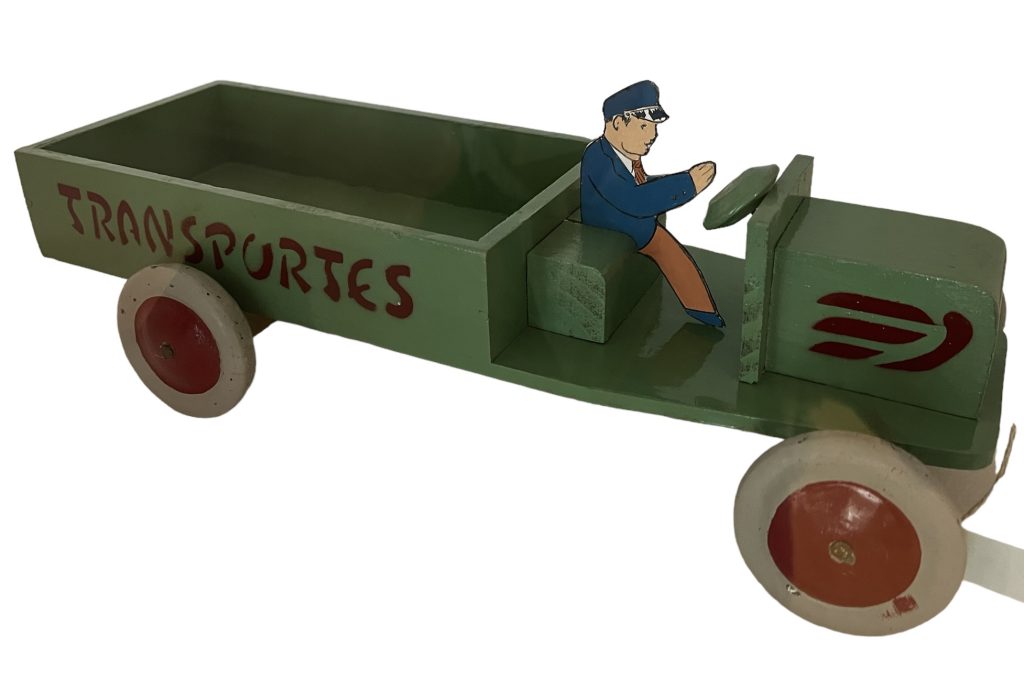
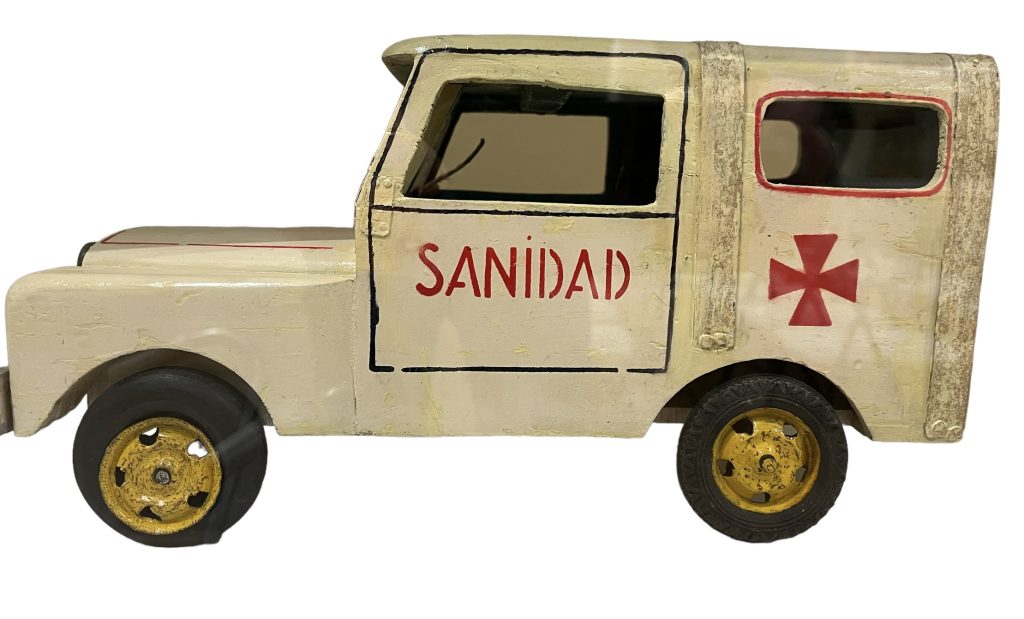
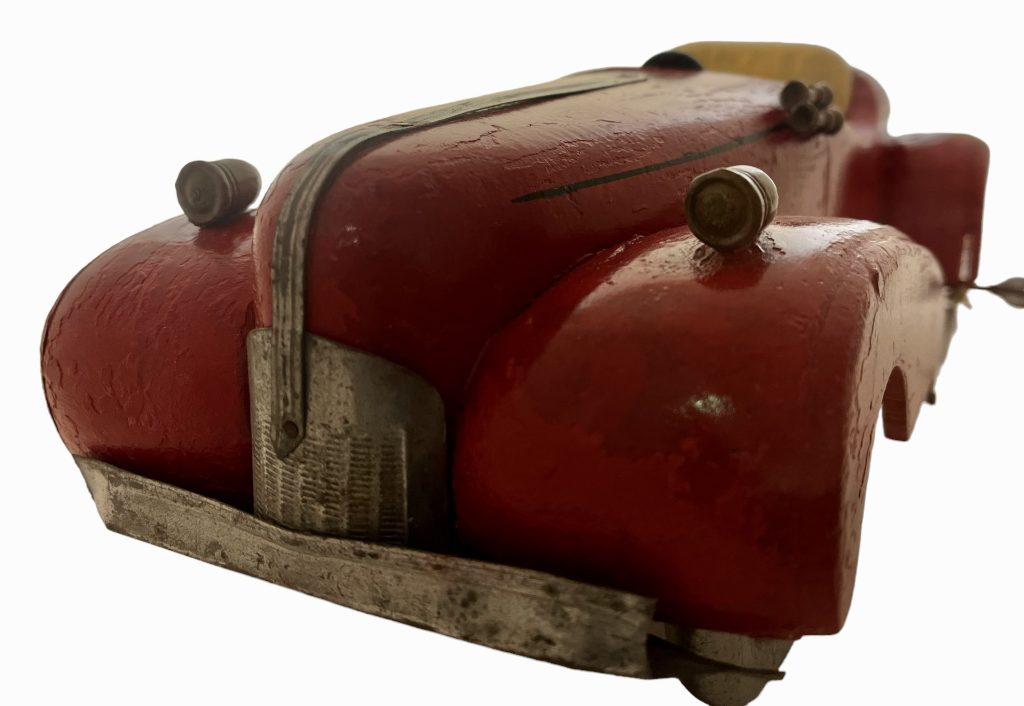
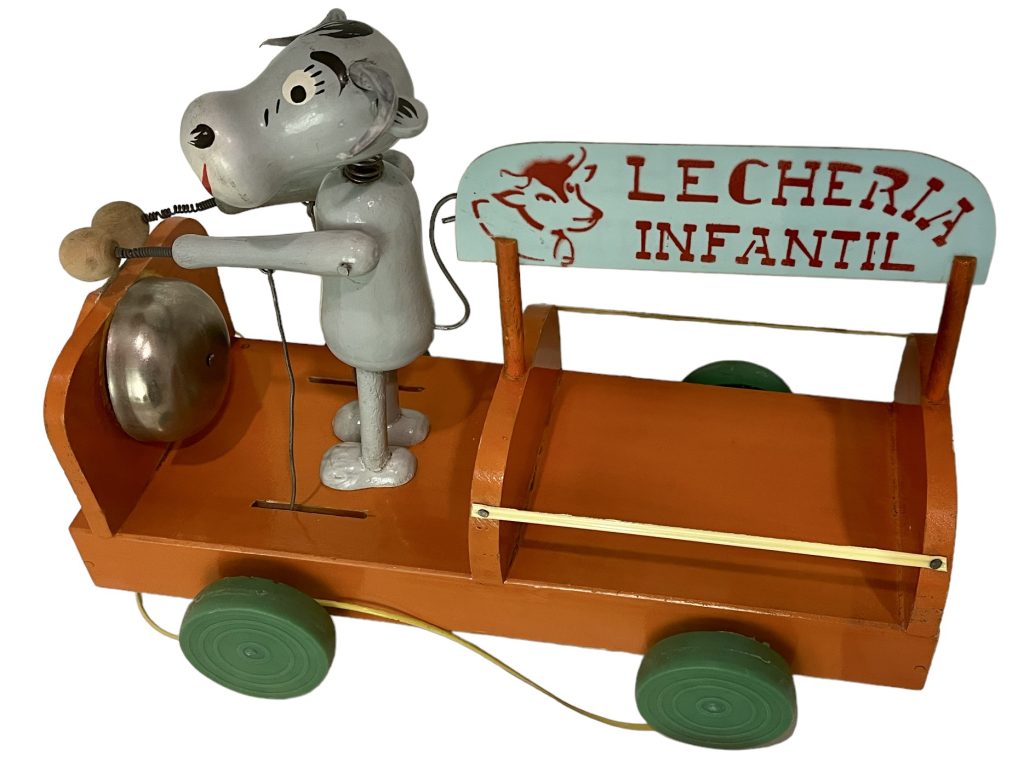
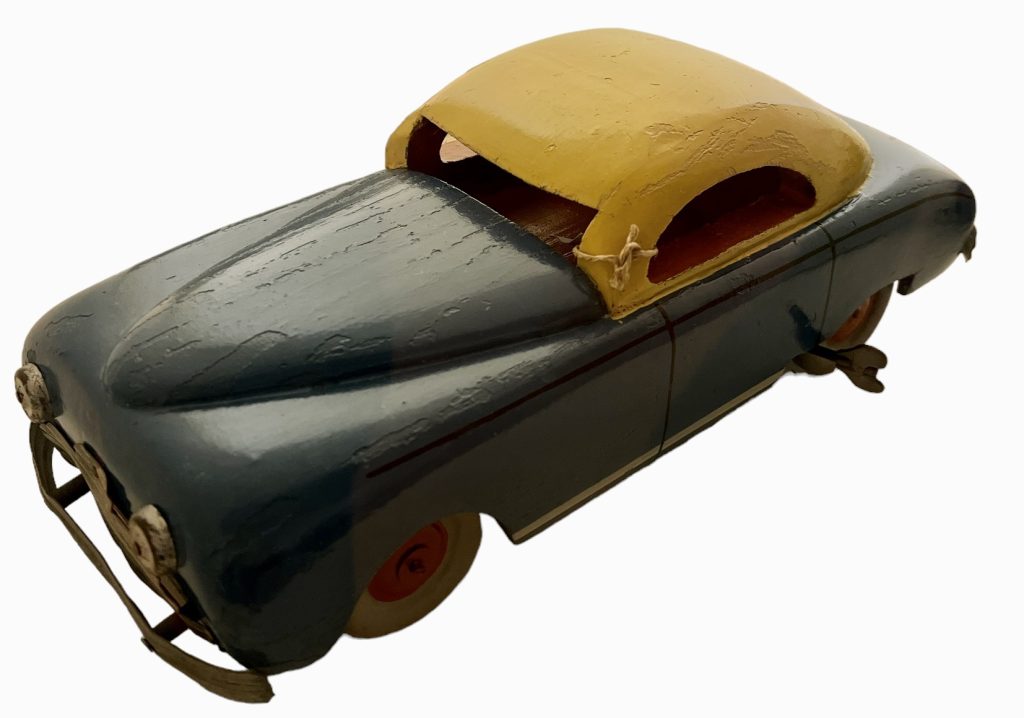
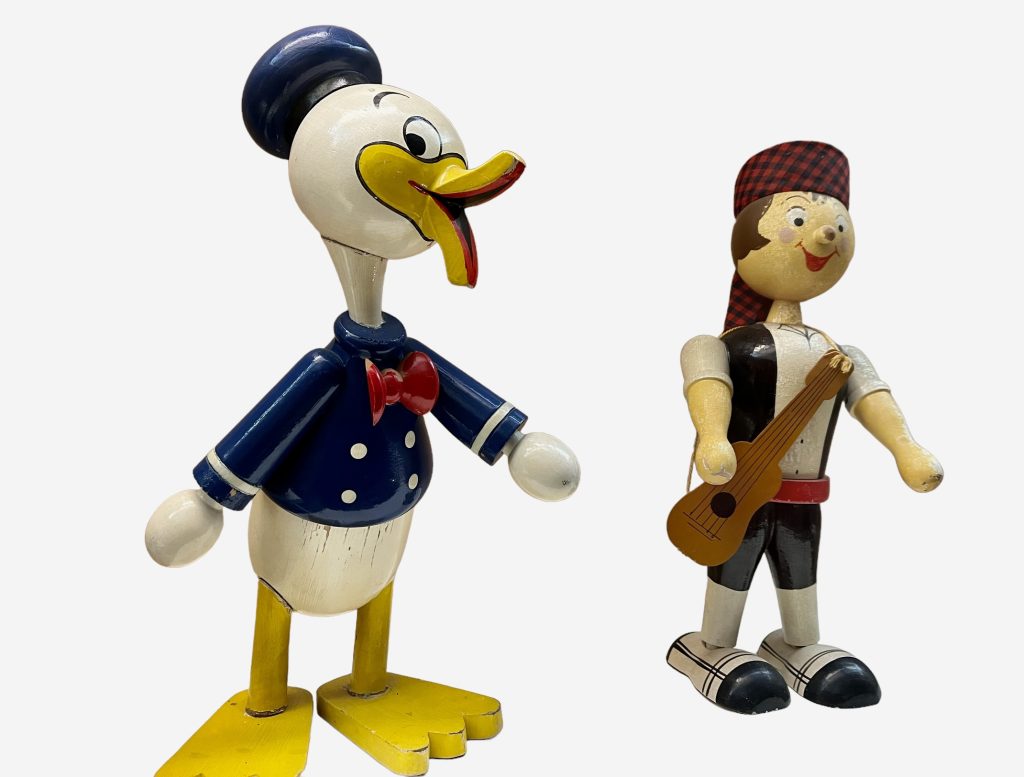
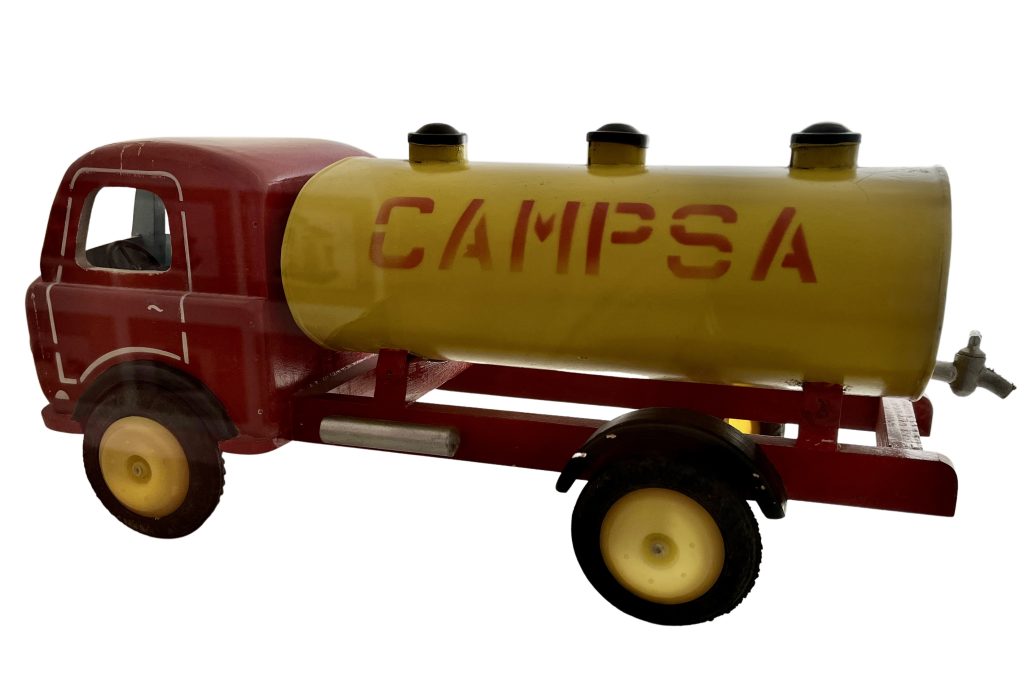
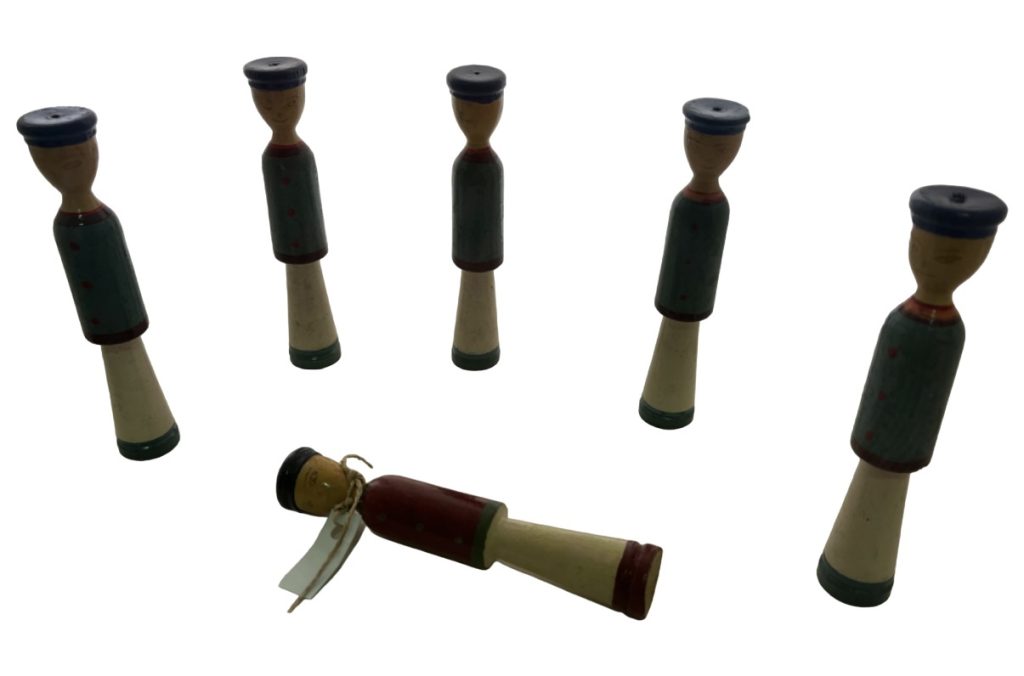
40 toy factories! Blimey.. how did you get those photos to have no background?
40 toy factories! Blimey.. how did you get those photos to have no background?
Just tried to submit this comment and got this:
Duplicate comment detected; it looks as though you’ve already said that!
Er … because you had! You can remove the background from an image online here: https://www.remove.bg.